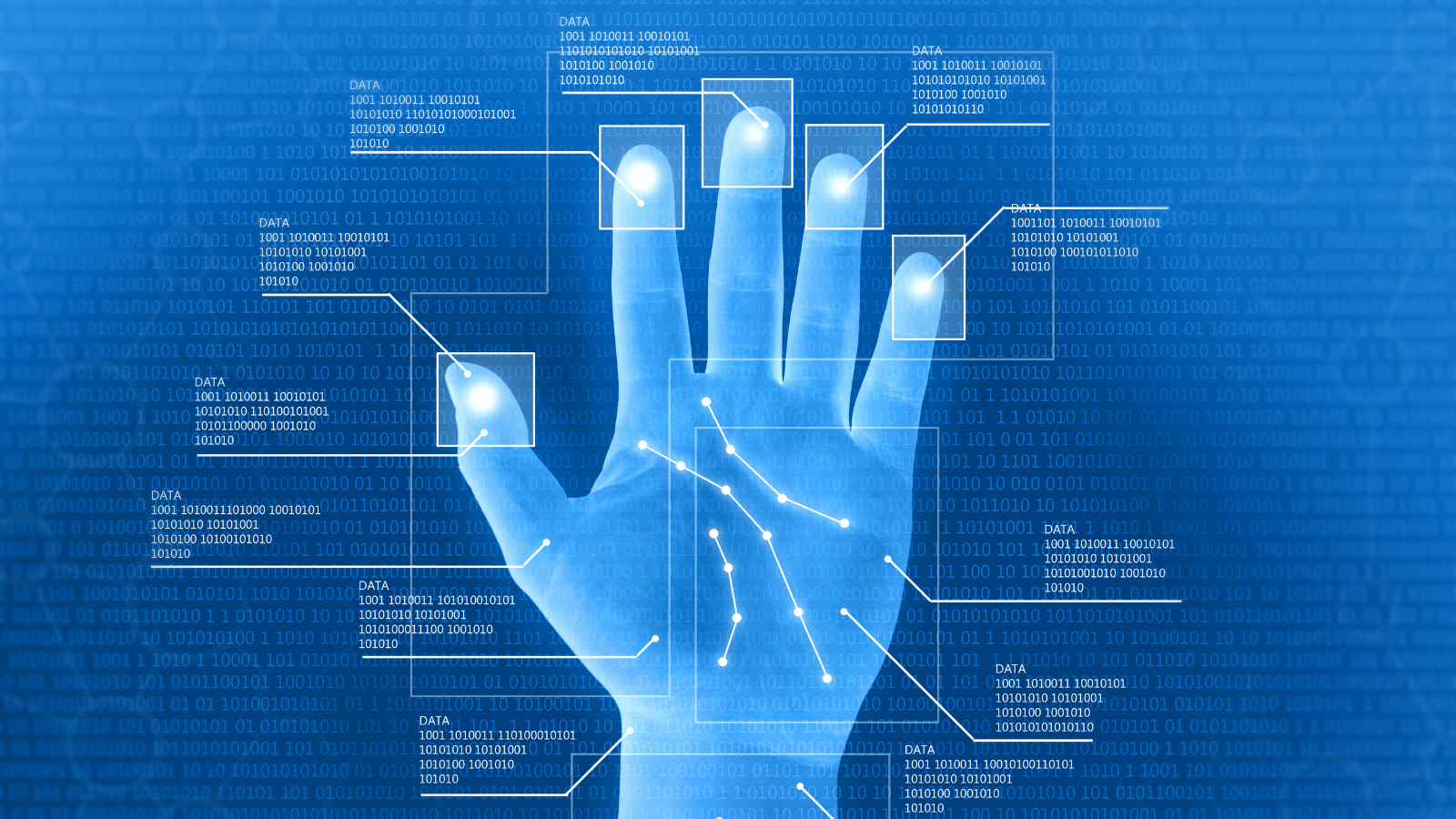
January 25 2024

Scientists at Columbia University School of Engineering and Applied Science published a paper recently which led to the sensational headline, “AI discovers that not every fingerprint is unique”.
Given that the entire foundation of fingerprint comparisons is based on the premise that every fingerprint is unique, this is something that seemed to rock the very core of the profession!
But on closer reading, the ‘Not Every Fingerprint is Unique’ headline is misleading, as the study it refers to does not conclude this. “Unveiling intra-person fingerprint similarity via deep contrastive learning” in Science Advances actually explains that the ten different fingerprints on a person’s hands have general similarities.
An AI system was sometimes able to correctly establish that two prints were deposited by different fingers from the same person. Whilst this finding appears to have limited practical application, it perhaps serves as a reminder that different fingerprints from different people can have significant similarities.
In real case work, it should be remembered that Fingerprint Examiners don’t look at the actual 3D ridges on a person’s fingers. They look at the 2D marks made by the fingers which can have variations in quality due to treatments, distortion, movement while being placed, contamination, substrate quality, pressure and so on. Unlike a person’s finger, a fingerprint mark can vary from a high quality, clear pattern to a barely visible, barely usable smudgy mess.
It is also true that fingerprints can be similar and, when added to variations in mark quality, it doesn’t take much for two different but similar looking fingerprints marks to be compared and determined to be the same.
One such study looked at this very problem. Koehler and Liu showed that the false positive error rate on two close non-matches was 15.9% and 28.1%, which they concluded were “inconsistent with the popular notion that fingerprint evidence is nearly infallible”. In the study, examiners incorrectly identified crime scene marks to individuals when they were, in fact, deposited by other people who just happened to have similar fingerprints. Some of these examiners found differences between the mark and the print but dismissed them as ‘distortion’ and incorrectly reported an outcome of ‘identified’ regardless.
I often find this scenario in my casework with UK Police Fingerprint Bureaux; the police examiners ‘identify’ marks despite there being only limited correspondence and differences present. In court, the examiner ‘explains’ the differences by using such terms as ‘distortion’, ‘subsidiary ridges’ and/or ‘pore detail’ yet they commonly don’t have any contemporaneous notes, nor do they refer to these differences in their statement or Streamlined Forensic Report (SFR). Sometimes these explanations are weak and without basis; it is only when I analyse the mark and compare it against the defendant’s fingerprint that they become apparent, and the court can be made aware.